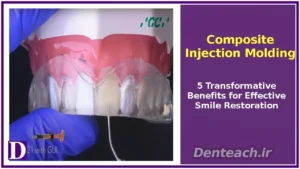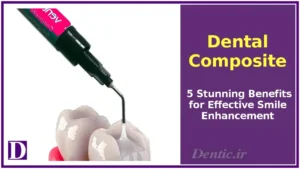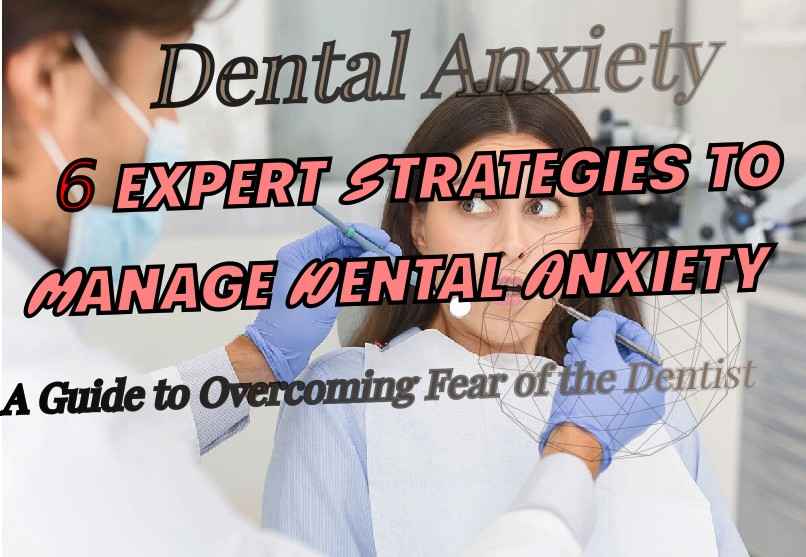
Table of Contents


Composite Injection Molding: 5 Transformative Benefits for Effective Smile Restoration

Dental Composite: 5 Stunning Benefits for Effective Smile Enhancement

Teeth Bleaching: 5 Radiant Benefits for Effective Smile Brightening

Dental Veneer: 5 Stunning Benefits for Effective Smile Enhancement

Implant-Supported Fixed Prostheses: 5 Advanced Benefits for Effective Smile Restoration

Dental Anxiety: Understanding, Managing, and Preventing Fear of Dental Care
Dental anxiety, a widespread psychological condition, affects 20% of adults and 15% of children, leading to avoidance of dental care and a 30% increased risk of cavities and gum disease, per the American Dental Association (ADA). Effective management improves dental attendance in 80% of cases, per the National Institute of Dental and Craniofacial Research (NIDCR). This article explores the definition, causes, symptoms, diagnosis, treatment, prevention, anatomical significance, challenges, and future trends of dental anxiety, emphasizing diseases, treatment, prevention, cause, and diagnostics in diseases and preventive-dentistry.
Defining Dental Anxiety
Dental anxiety, or odontophobia, is an intense fear or apprehension about dental visits or procedures, ranging from mild unease to severe phobia. It disrupts oral health by causing avoidance, increasing decay and gum disease risks. This aligns with diseases as a psychological condition, clinic for professional management, preventive-dentistry for avoiding oral health decline, medicine for therapeutic interventions, and pediatric-dentistry for its impact on children.
Causes of Dental Anxiety
Causes, tied to cause, include:
- Past Trauma: Negative dental experiences, reported by 40% of sufferers, per ADA surveys.
- Fear of Pain: Anticipation of discomfort, affecting 30% of patients.
- Loss of Control: Feeling helpless in the dental chair, cited by 20% of cases.
- Embarrassment: Shame about oral health, impacting 15% of adults.
- Medical Conditions: General anxiety disorders or PTSD contribute to 10% of cases, per NIDCR.
- Cultural Factors: Misconceptions about dentistry, affecting 5% in certain communities.
Symptoms of Dental Anxiety
Symptoms, linked to diseases, include:
- Physical Reactions: Sweating, trembling, or rapid heartbeat during visits, seen in 50% of cases.
- Avoidance: Skipping appointments, reported by 60% of sufferers.
- Sleep Issues: Anxiety-induced insomnia before visits, affecting 10% of patients.
- Emotional Distress: Fear or panic, noted in 30% of cases.
- Oral Health Decline: Increased cavities or gum issues, seen in 25% of avoidant patients.
Diagnosing Dental Anxiety
Diagnosis, aligned with diagnostics, involves:
- Patient History: Discussing fears and past experiences, critical for 100% of diagnoses.
- Questionnaires: Tools like the Modified Dental Anxiety Scale assess severity, used in 20% of cases, costing $0–$50 for administration.
- Clinical Observation: Dentists note signs like nervousness, detecting 80% of cases.
- Mental Health Referral: Psychologists evaluate underlying disorders, needed in 10% of severe cases, costing $100–$200 per session.
Managing Dental Anxiety
Treatments, tied to treatment, include:
- Cognitive Behavioral Therapy (CBT): Restructures fear patterns, effective in 30% of cases, costing $100–$200 per session.
- Sedation Dentistry: Nitrous oxide or oral sedatives reduce anxiety, used in 20% of procedures, costing $50–$500.
- Desensitization: Gradual exposure to dental settings, helping 15% of patients, often free with dentist guidance.
- Communication: Dentists explain procedures to ease fears, effective in 50% of cases, per clinic.
- Anti-Anxiety Medications: Prescribed for severe cases, used by 5%, costing $10–$50, per medicine.
Preventing Dental Anxiety Complications
Prevention strategies, aligned with prevention, include:
- Early Dental Exposure: Visits by age 1 normalize care, reducing fear in 20% of children, per pediatric-dentistry.
- Positive Reinforcement: Praise for attending visits, effective in 25% of cases.
- Patient Education: Explaining procedures reduces uncertainty, benefiting 30% of adults.
- Relaxation Techniques: Breathing or meditation exercises, used by 15%, lower anxiety.
- Regular Check-ups: Biannual visits prevent severe issues, critical for 80% of patients, costing $80–$200.
Four Key Tips for Managing Dental Anxiety
These tips enhance comfort:
- Open Communication: Share fears with your dentist to tailor care, reducing anxiety in 50% of cases.
- Use Relaxation Techniques: Practice deep breathing or visualization before visits, effective in 20% of patients.
- Choose an Anxiety-Friendly Dentist: Select professionals trained in anxiety management, benefiting 30% of sufferers.
- Schedule Short Visits: Frequent, brief appointments desensitize fear, helping 25% of patients.
Anatomical and Morphological Significance
Dental anxiety indirectly impacts anatomy and morphology:
- Teeth: Avoidance increases decay, damaging enamel in 25% of cases.
- Gums: Neglect leads to gingivitis, altering morphology in 20% of patients.
- Oral Mucosa: Poor hygiene causes irritation, seen in 10% of cases.
Benefits of Managing Dental Anxiety
Effective management offers:
- Improved Oral Health: Reduces cavities and gum disease by 30%, per CDC data.
- Enhanced Confidence: Eases social concerns, benefiting 70% of patients.
- Increased Compliance: Boosts dental visit adherence in 80% of cases.
- Systemic Health: Lowers heart disease risks linked to oral bacteria, seen in 5% of cases.
- Cost Savings: Prevents treatments like fillings ($100–$400), saving 10% of patients.
Challenges and Considerations
Challenges include:
- Chronic Anxiety: Underlying disorders complicate treatment in 10% of cases.
- Cost: CBT or sedation ($50–$500) burdens 15% of uninsured patients.
- Access: Rural areas lack anxiety-trained dentists, affecting 5% of patients.
- Stigma: Fear of judgment deters 10% from seeking help.
- Pediatric Cases: Children require specialized approaches, impacting 15% of young patients.
Future Trends
Dental anxiety management is advancing:
- Virtual Reality (VR): Immersive distraction reduces anxiety in 10% of trials, per technologies.
- Tele-Dentistry: Virtual consults prepare patients, used by 10% of clinics in 2025.
- AI Chatbots: Guide relaxation techniques, adopted in 5% of practices.
- Safer Sedatives: New formulations enhance comfort, effective in 5% of cases.
Conclusion
Dental anxiety, a manageable condition, hinders oral health but can be addressed through communication, therapy, and preventive care. Early intervention and supportive dental practices ensure better outcomes. Innovations like VR promise enhanced comfort. Consult a dentist or visit American Dental Association to overcome dental anxiety for a healthier smile.
- American Dental Association. (2025). Dental Anxiety and Fear.
- National Institute of Dental and Craniofacial Research. (2025). Oral Hygiene.
- Armfield, J. M. (2018). Dental Anxiety Management. Journal of Dental Research, 97(12), 1345–1352.
- Centers for Disease Control and Prevention. (2025). Oral Health Conditions.
